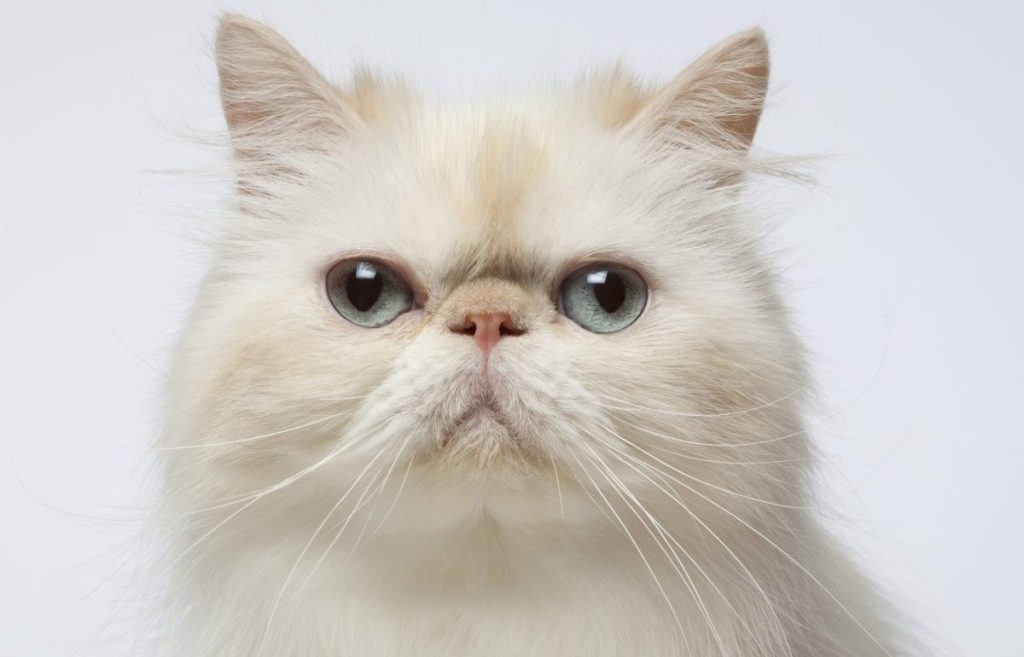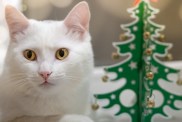The Persian cat, with their luxurious long fur and distinctive appearance, is a breed known for elegance and a regal demeanor. Originating in Persia (modern-day Iran), these cats have a distinctive round face, flat nose, and large, expressive eyes. Persian cats come in a variety of coat colors and patterns, showcasing their beauty and versatility. Despite their aristocratic appearance, Persians are known for…

An orange tabby named Calcifer stars in a cozy Instagram Reel from the account @calcifer.cat. His human croons a soft,…




